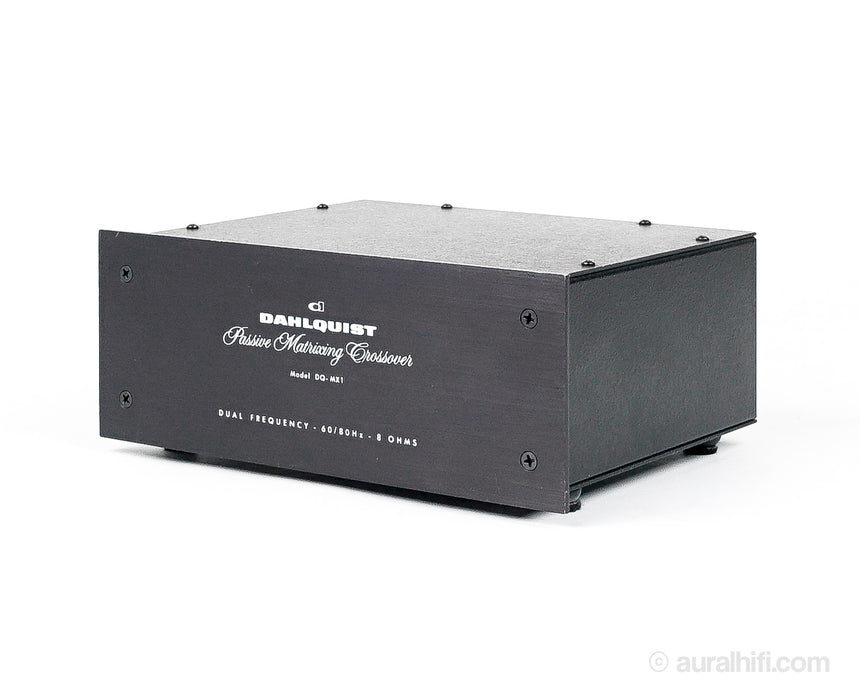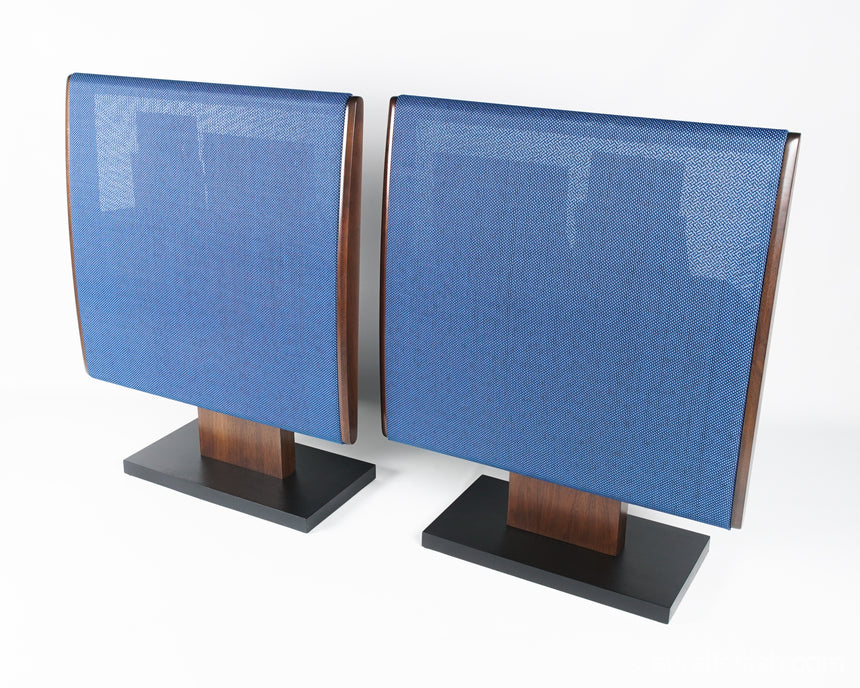THE HISTORY OF DAHLQUIST

About 3 years after Saul Marantz sold his company to Superscope Inc, he discovered another great talent who was obsessed with designing the perfect speaker. The man by trade was an engineer in the aerospace-industry and had played a key role in the development of the lunar landing module. His name was Jon Dahlquist and after hearing the prototype DQ-10's, Marantz sensed his greatness and immediately bought 49% of Dahlquist.
In 1972 the Dahlquist speaker corporation was born, although it wasn't until 1973 that they introduced their defining product, the DQ-10.
In 1976, Carl Marchisotto joined Saul and Jon as chief engineer, and his first assignment was to develop an electronic crossover for a Dahlquist subwoofer. That resulted in a product known as the LP1 variable low pass filter. Carl did the electronics while Saul handled graphics.
Carl had attended many of the New York City hi-fi shows, and he recalls a memorable event from the early 1970s: “I walked into a room at the New York Hi-Fi Show and saw Saul Marantz with another, much younger man — I was told his name was Jon Dahlquist. They were playing a speaker shaped like the Quad 57, but it was a dynamic speaker, and there was a big sign saying, ‘This Is Not An Electrostatic Loudspeaker.’ They were playing a tape of a live recording of a marching band through a Tandberg 64X. The sound was so live I couldn’t believe my ears. I decided there and then that this guy Jon Dahlquist must know more about speakers than anyone else.”
Carl was soon deeply involved in Dahlquist full-range speaker design and was ultimately responsible for DQ10 modifications and all the Dahlquist speakers that followed that model, including the DQ8, the DQ12, the DQ20 and DQ20i, and the firm’s box speakers series.
He was thrilled to be working with two of the hi-fi industry’s first-generation legends, Saul Marantz and the brilliant engineer Sid Smith, who had done groundbreaking work on the fabled Marantz 10B tuner of the 1960s and was involved in a Dahlquist amplifier project.
During the early years, the company consisted of Jon, Saul, and Carl working out of a space in Freeport, NY about the size of "two garages." The number of employees fluctuated over the years, but it is said that during peak production years, there were about 15 people employed there.
The original DQ-10's employed a 10" woofer provided by Chicago Telephone Supply (CTS) rather than the more widely known Large Advent woofer. Jon had become familiar with this particular driver while working with Rectilinear Research, which also used the CTS. This seemed a natual fit until CTS began experiencing production issues, and discussions with potential replacement vendors followed before settling on Advent.
The CTS drivers were installed in units with serial numbers below 2000, which were made between 1973-74, and these are considered the "true" DQ-10. With the introduction of the Advent woofer, the nomenclature was changed to DQ-10A, and mirror imaging became standard. A mirror imaging upgrade was made available to owners of original units, and the instructions were mailed to interested owners. With an already-legendary moniker, the distinction between the 10 and 10A was not fully adopted by the marketplace, and afficionads typically refer to the original Dahlquist as the DQ-10 – regardless of woofer or production date.
That said, the greatness of the DQ-10 went far beyond drivers. What made the DQ-10 stand out was that Jon Dahlquist had worked out the idea of time phase alignment. The drivers themselves were physically arranged in such a way as to align the drivers' voice coils on the same physical plane. A rather complex crossover design further guaranteed phase alignment. The idea and execution of time and phase alignment were groundbreaking and carry over to most speakers manufactured today.
In total, 55,000 DQ-10's were manufactured (not pairs, but single speakers equaling 27,500 pairs). The DQ-10 sold individually for $425.
In 1989, Jon Dahlquist was severely injured in an automobile accident. Carl reflects, "I don’t know how he survived. He wasn’t wearing his seat belt and it was a convertible with top down. He was thrown out of the car and he hit a brick wall. He was in a coma for 12 days and he never fully recovered. So his family stepped in at that time and they decided to sell Dahlquist. They sold it to some people that worked at Harman Kardon. I left after a couple of months working under the new owners — mostly some mid-fi people."
Dahlquist was sold for the first time on May 1,1990.
After leaving Dahlquist in 1990, Carl and his wife Marilyn went on to start Acarian Systems, which manufactured Alon speakers. although the company is no longer in business, the Alon units are still highly sought after in the used equipment market, and still much more attainable than the iconic DQ-10. Following Acarian, the pair founded Accent Speaker Technology in 2004, the manfucaturers of the legendary Nola line. In a testament to pedigree, Nola’s Grand Reference employs a modern version of the original variable low pass filter Carl designed for Dahlquist, the LP-1.
According to current trademark holder Regnar, the DQ-10 was a very labor intensive speaker to build, most notably, the grills which were quite unique for their day, during a time when mass production technology wasn't available.
To date, there has been little reliable information of the whereabouts or status of Jon, but it is known that after the company moved from Freeport to a much larger facility Jon owned in Hauppauge, he continued on as a landlord of the old Dahlquist space long after the company had moved out and was sold.
coming soon
AURAL has 3 pair of Dahlquist in restoration, and we expect them to be ready this spring. Please drop us a line if you'd like to discuss them.






